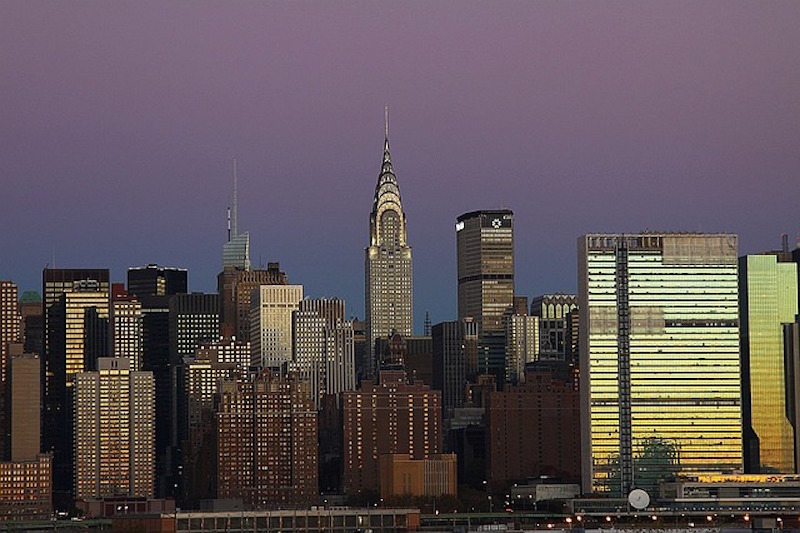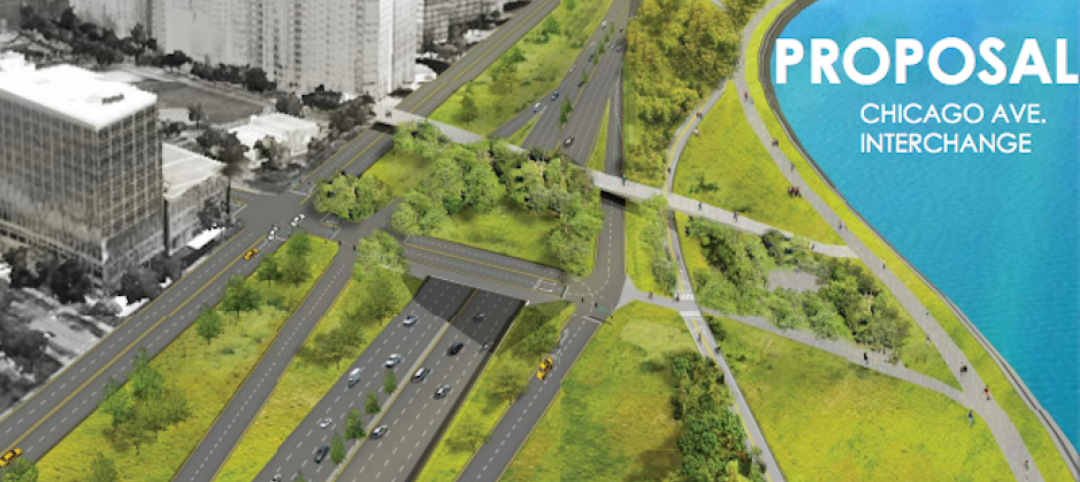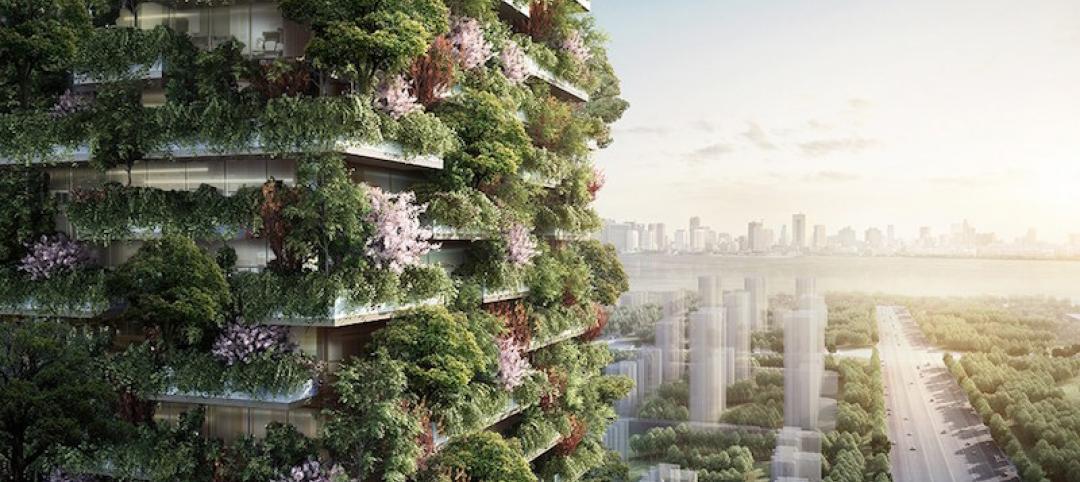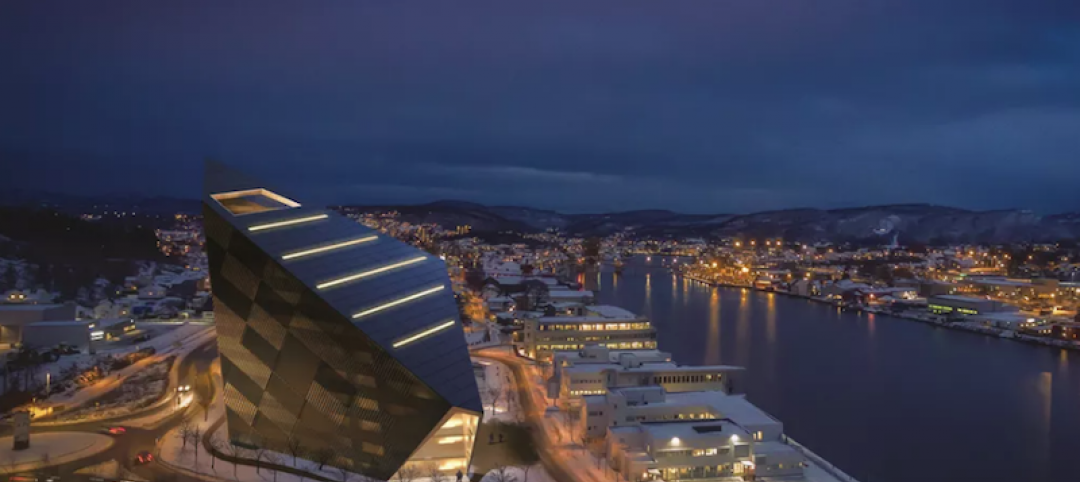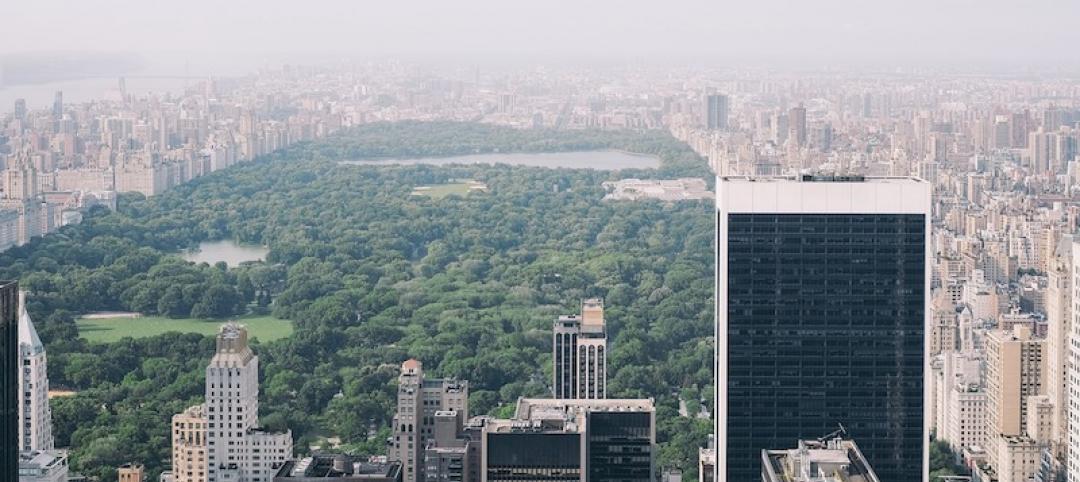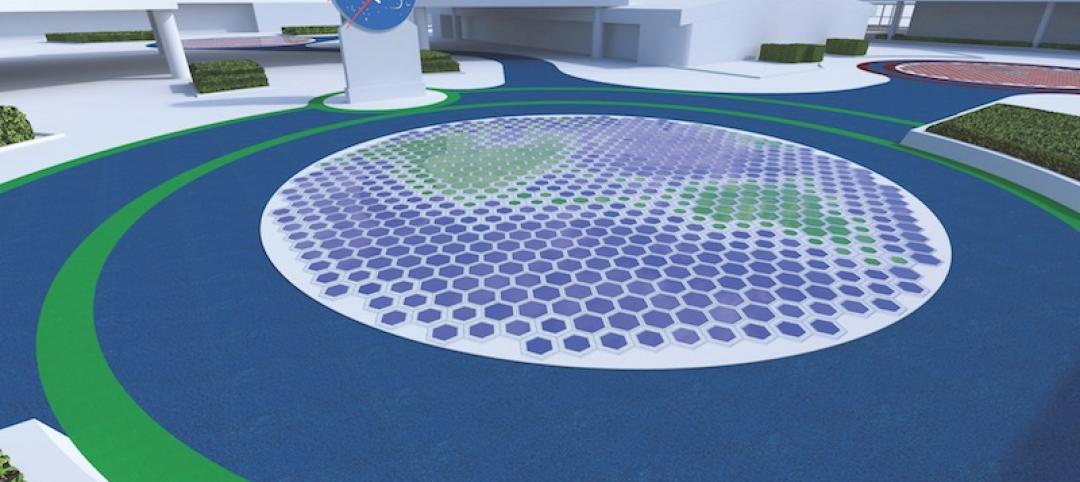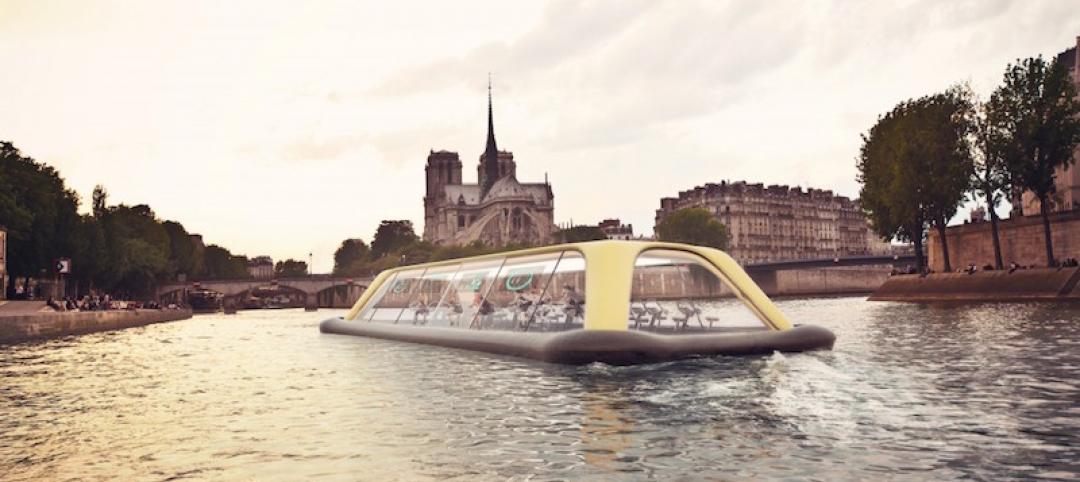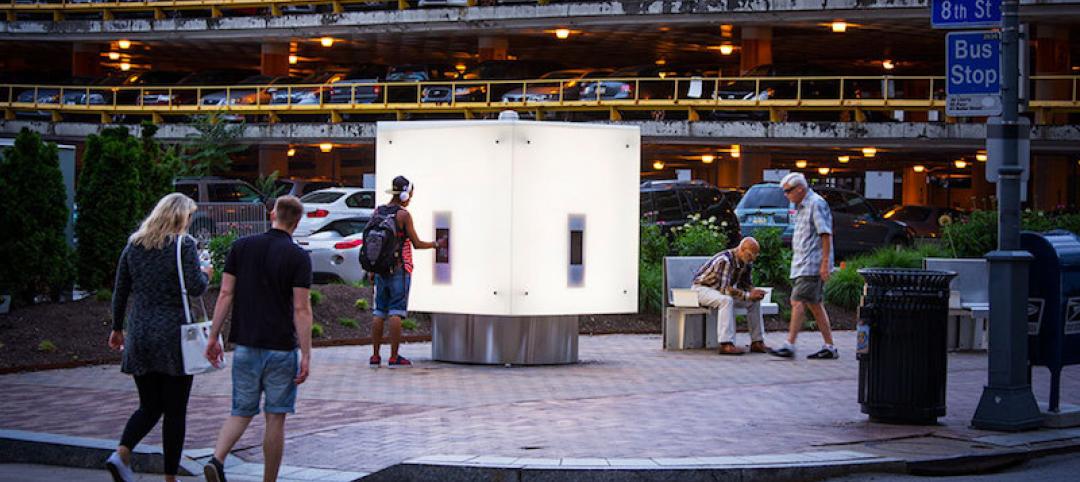The Building Button, a new tool launched by the Investor Confidence Project (ICP), standardizes the collection of data from energy efficiency projects, and “makes it easy to share that information with investors, building owners, developers, and utilities,” according to a news release.
Based on the U.S. Department of Energy’s Building Energy Data Exchange Specification, the tool integrates best practices and specifications developed by ICP and the U.S. Department of Energy’s Lawrence Berkeley National Laboratory (Berkeley Lab), including the Building Energy Data Exchange Specification (BEDES). Expressing energy efficiency data in a common language, the Building Button allows all parties to compare specifications across multiple projects with one click. This ability helps to reduce underwriting and actuarial analysis costs, builds trust in energy savings, and drives market demand for energy efficiency projects.
“One of the major barriers to wide-scale adoption of energy efficiency is the hassle factor,” said Matt Golden, ICP director. “Every investment is unique, with data lodged in incompatible spreadsheets, documents, and other digital files. The lack of uniform data standards means that transaction costs are prohibitively high. The Building Button helps solve that by establishing guidelines for all project data, streamlining the process of project development and investment.”
In 2017, ICP will join Green Building Certification Inc. (GBCI) to create the first global underwriting standard for energy efficiency projects.
Related Stories
Green | Feb 10, 2017
Radical proposal would transform Chicago’s Lake Shore Drive and create new lakefront park space
Over 70 new acres of public space would be created between Ohio Street and North Avenue.
Green | Feb 6, 2017
A to Z: Seoul’s elevated park features 24,000 alphabetized plants
The plants will represent 250 species found in South Korea.
Green | Feb 3, 2017
Nanjing Green Towers will be Asia’s first vertical forest
The project will be covered in 1,100 trees and 2,500 cascading plants and shrubs.
Sustainability | Jan 27, 2017
An office building proposed for Norway would generate more power than it uses
Over it’s 60-year lifespan, the power generated form the project would cover the energy cost of construction, production, and material transportation.
Sustainability | Jan 24, 2017
From an industrial park to an eco-neighborhood in Brussels, Belgium
At the heart of Vincent Callebaut Architectures’ eco-neighborhood will be three 100-meter-tall Vertical Forests.
Sustainability | Jan 19, 2017
How NYC is slashing 80% of greenhouse gas emissions by 2050
To help one of the most complex cities in the world develop an actionable strategy to meet visionary GHG reduction goals, we focused on strategies for deep carbon reductions for the city’s entire building stock, which constitutes 73% of citywide emissions, writes HDR's Jennifer Bienemann.
Game Changers | Jan 18, 2017
Turning friction into power
Research on piezoelectricity moves closer to practical applications for infrastructure and buildings.
Green | Jan 17, 2017
Everything you need to know to sound brilliant when talking about biophilia
We need nature in our everyday lives – which is why it’s so important to bring nature into the built environment.
Sustainability | Dec 14, 2016
A floating, mobile gym powered by human energy envisioned for the Seine River
Energy created by those exercising within would power the gym down the Seine.
Green | Dec 13, 2016
Illuminated Water Cube highlights Pittsburgh’s new 8th Street Park
The Water Cube is a functioning art installation, dispensing water to the park’s visitors.


